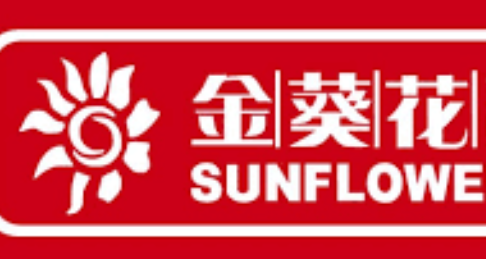

Over the past few decades, the perception of banks has evolved from simple institutions for saving and loaning money to integral players in our daily lives. The dynamic shifts in the banking industry, coupled with evolving customer needs, have propelled banks into a role that transcends traditional savings and loans. In this contemporary landscape, the significance of bank branding becomes apparent, shaping the way financial institutions connect with and cater to the diverse needs of their customers.
In the competitive landscape of banking, branding stands as a critical element in a bank’s strategic framework. In an era marked by fierce competition, effective bank branding transcends mere names, encompassing impactful slogans. The primary objective of these slogans in the banking industry is to convey a sense of reliability, honesty, and professionalism, creating a lasting impression that resonates with customers in an ever-evolving financial market.
Personalized engagement lies at the heart of effective bank branding, with many institutions incorporating personal pronouns like ‘we’ or ‘you’ into their slogans. This approach fosters a more intimate connection with individuals, underscoring a commitment to friendly and customer-centric service. Noteworthy examples include Citi Bank’s ‘Your Citi never sleeps,’ Bank of America’s ‘Think what we can do for you,’ and Centurion Bank’s ‘We value your time.’ The trend extends to the Chinese banking industry, where Sunflower, a financial project by China Merchants Bank (CMB), encapsulates its commitment with the slogan ‘专注您所关注’ [zhuān zhù nín suǒ guān zhù], translating to ‘we focus on what you are interested in.’
The slogans in the banking industry should also place more emphasis on expressing credibility and professionalism. However, the means of doing so is different in English and Chinese: In the English speaking world, slogans often express complete meanings through short phrases. The most common framework is ‘XXX Bank, ……’. As shown, the words before the comma represents the name of the bank, while the words after the comma represents the core mission of the bank. Here are some examples:’ Bank of America. Higher Standards.’ ; ‘HSBC. The world’s local bank’; ‘Dresdner Bank. Advice you can bank on’; ‘Commerz Bank. Ideas Ahead.’ When you read these slogans, you may get the sense of strong rhythm; this kind of cadence accentuates power and boldness.

These types of slogans can also be found in certain Chinese banks, for example ”烟台商业银行,伴您走向辉煌” (Yiantai Merchants Bank, helps you to reach glory.). In general, Chinese bank slogans are more willing to use ancient idioms. Due to the high-context culture, (silent language role is emphasized according to Hofstede’s culture dimensions theory), Chinese slogans tend to use abridged phrases instead of complete sentences. In these phrases, clever rhymes, word positioning, and alliterations are also very important. We can see an example with the following phrase that exhibits clever word choice with six characters on either side of the comma (representing balance) and the last syllables of each word rhyming: ABC, Agriculture Bank of China’s, slogan, “无论春夏秋冬,农行助您成功” [wú lùn chūn xià qiū dōng, nóng háng bàn nǐ chéng gong] (No matter which season, ABC helps you to reach success.)
A lot of Chinese slogans use partial tones in their slogans. In this methodology, they adopt traditional Chinese idioms whilst changing one or two words that have the same pronunciations but different meanings. It is common in the banking industry, since this can show a sense of lightheartedness, thus rendering the slogan easier to remember. An example is the slogan of one of the investment projects of China Construction Bank: “乾元-日鑫月溢” [rì xīn yùe yì]; it has the same pronunciation of “日新月异 (rì xīn yùe yì)”, which means change happens every moment. But in this slogan, 鑫 means ‘prosper’ and 溢 means ‘overflow’. The slogan evokes ‘the Growth of Wealth’. In addition, Citi Bank’s Chinese slogan is, “投资全球债券,坐享心安利得” (invest in bonds all over the world, gain wealth at ease). In this slogan, 心安利得 [xīn ān lì dé] has the similar pronunciation with 心安理得[xīn ān lǐ dé] which is a very famous Chinese idiom.
Because of the difference in value and culture, creating a proper slogan in multiple languages is a great challenge and an urgent task. Nevertheless, an excellent slogan is key to improving brand identity in the banking industry.
A Labbrand Group Company © 2005-2025 Labbrand All rights reserved
沪ICP备17001253号-3To improve your experience, we use cookies to provide social media features, offer you content that targets your particular interests, and analyse the performance of our advertising campaigns. By clicking on “Accept” you consent to all cookies. You also have the option to click “Reject” to limit the use of certain types of cookies. Please be aware that rejecting cookies may affect your website browsing experience and limit the use of some personalised features.